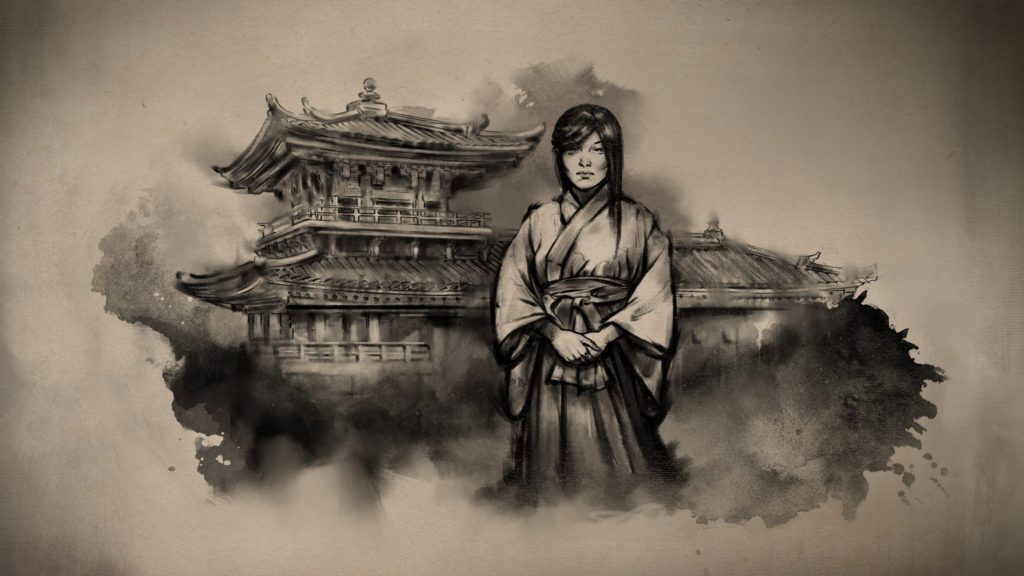
A miko, also known as a shrine maiden, is a woman who serves the Shinto kami. Their origins date back to the prehistoric Jomon period (approximately 10,500 BCE-300 BCE) in Japan. The responsibilities and requirements to become a miko have gone through many changes over the years. However, their traditional red hakama, white kosode, and pulled-back hair are still icons of Japanese culture.
One of the key responsibilities of miko in the past was kagura ceremonial dance, literally “kami entertainment”. Kagura was believed to encourage kami to descend and possess the miko dancing. In ancient Japan, miko received messages from the kami and often held positions of religious and political authority.
The role of miko began to change after Confucianism and Buddhism were introduced to Japan. Although miko are still around, the position has become more institutionalized. Many modern miko are responsible for clerical work, running gift shops, and assisting priests. The position is often an after-school job for young women attending university. This shift appears to have begun during the Edo period, when heterogenous miko practices changed.
A common type of miko during the Edo period were the wives of yamabushi, wandering Shugendo monks. They accompanied their husbands and went into trances to communicate with the kami.
During this time period, miko were selected young and subjected to harsh training, much like itako. However, they had already been removed from much of their former power and authority. Some wandering miko were even reduced to slavery and prostitution.
In Tale of Ronin, players may encounter miko working at shrines and carrying out various responsibilities. Though their jobs are changing, they still occupy a respected position in society. But these holy women may prove just as flawed as anyone else the player can meet.